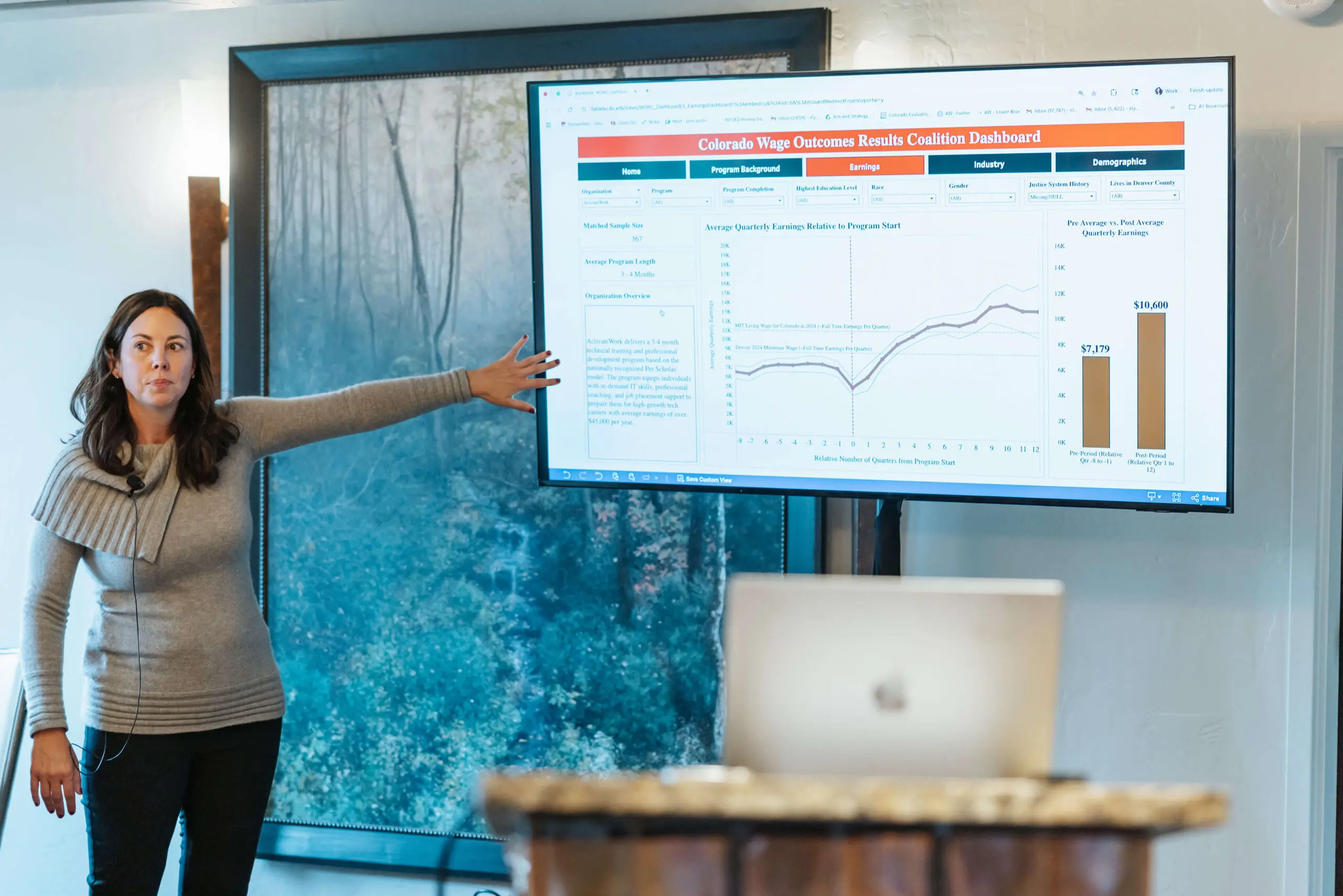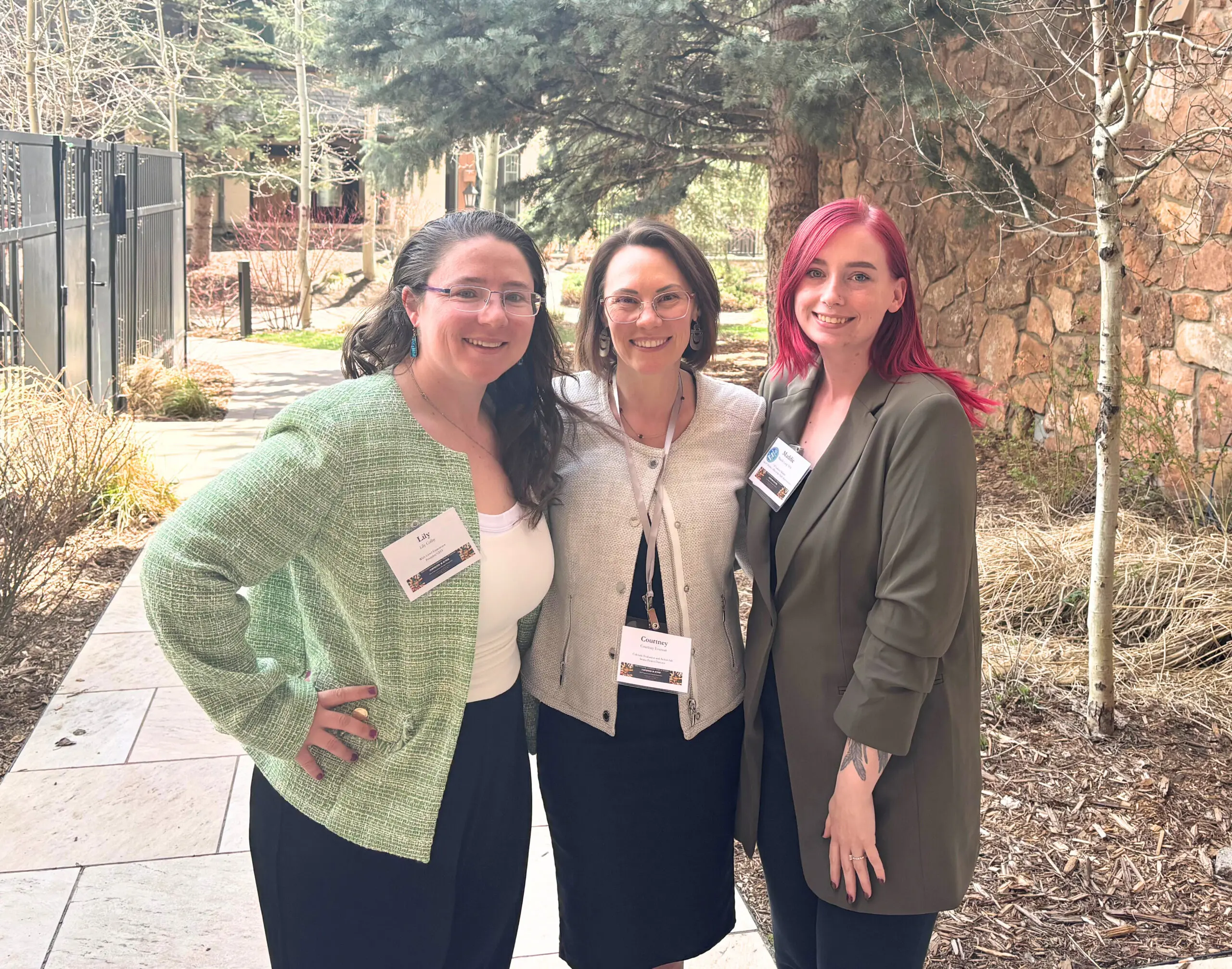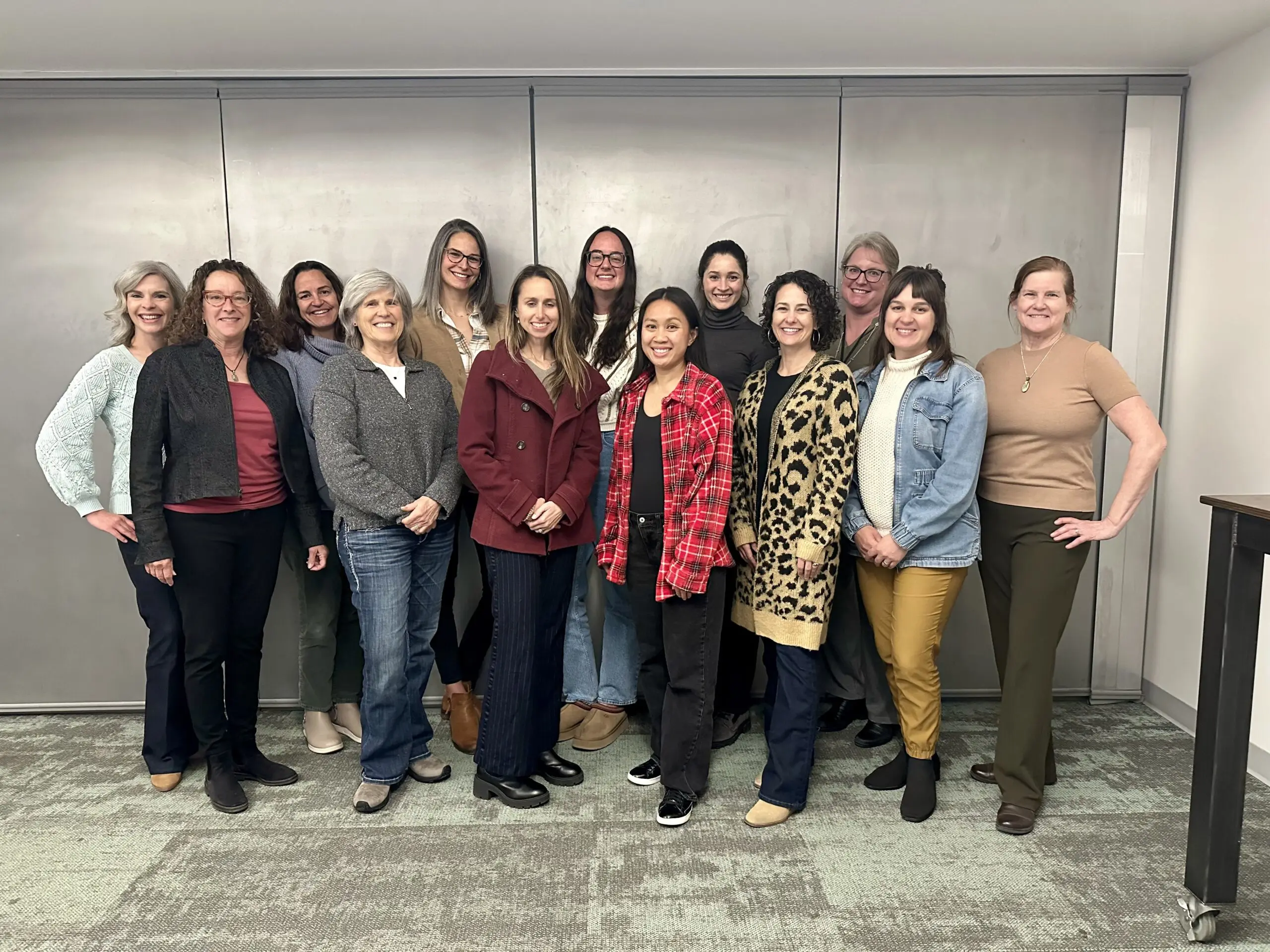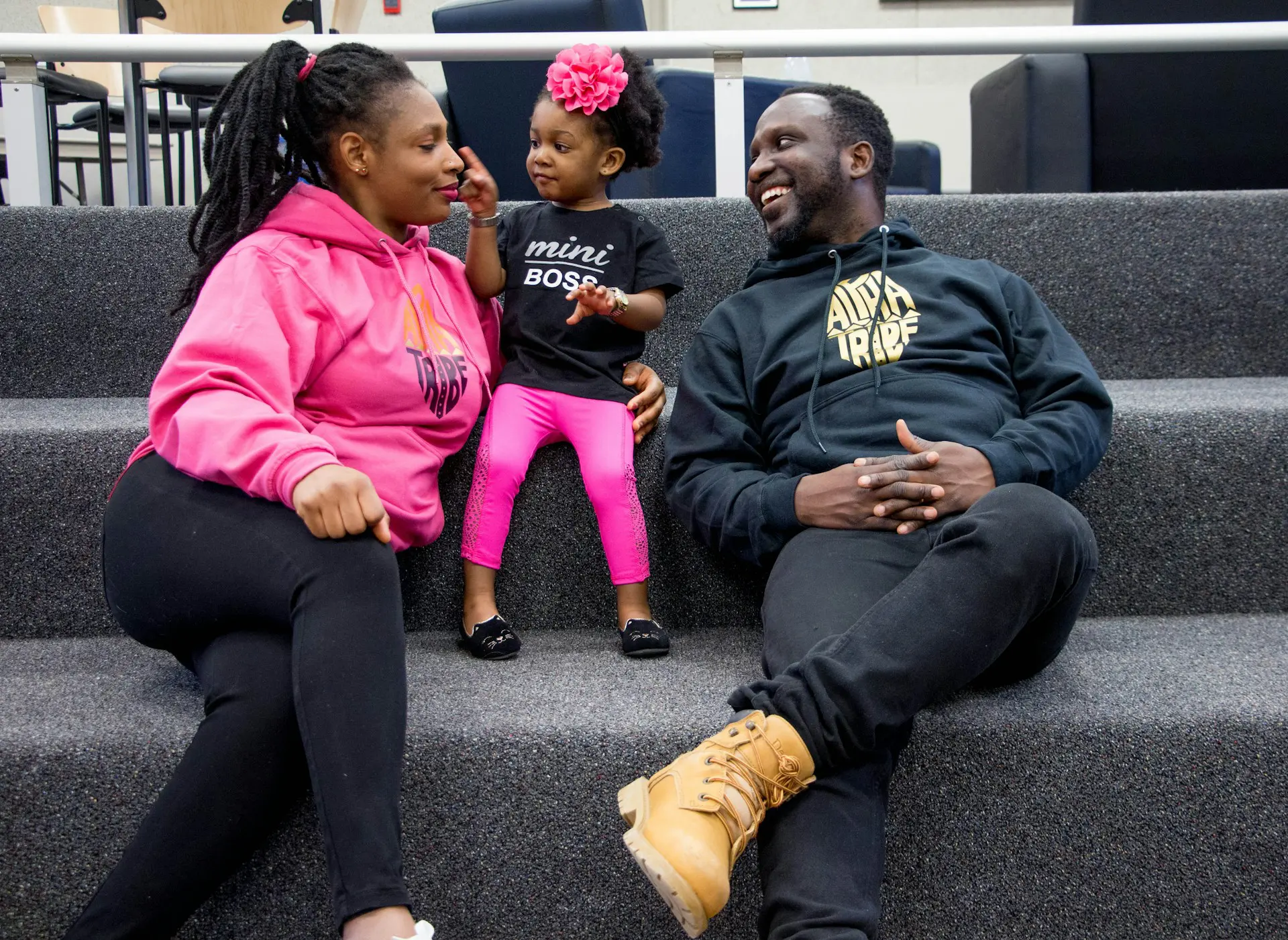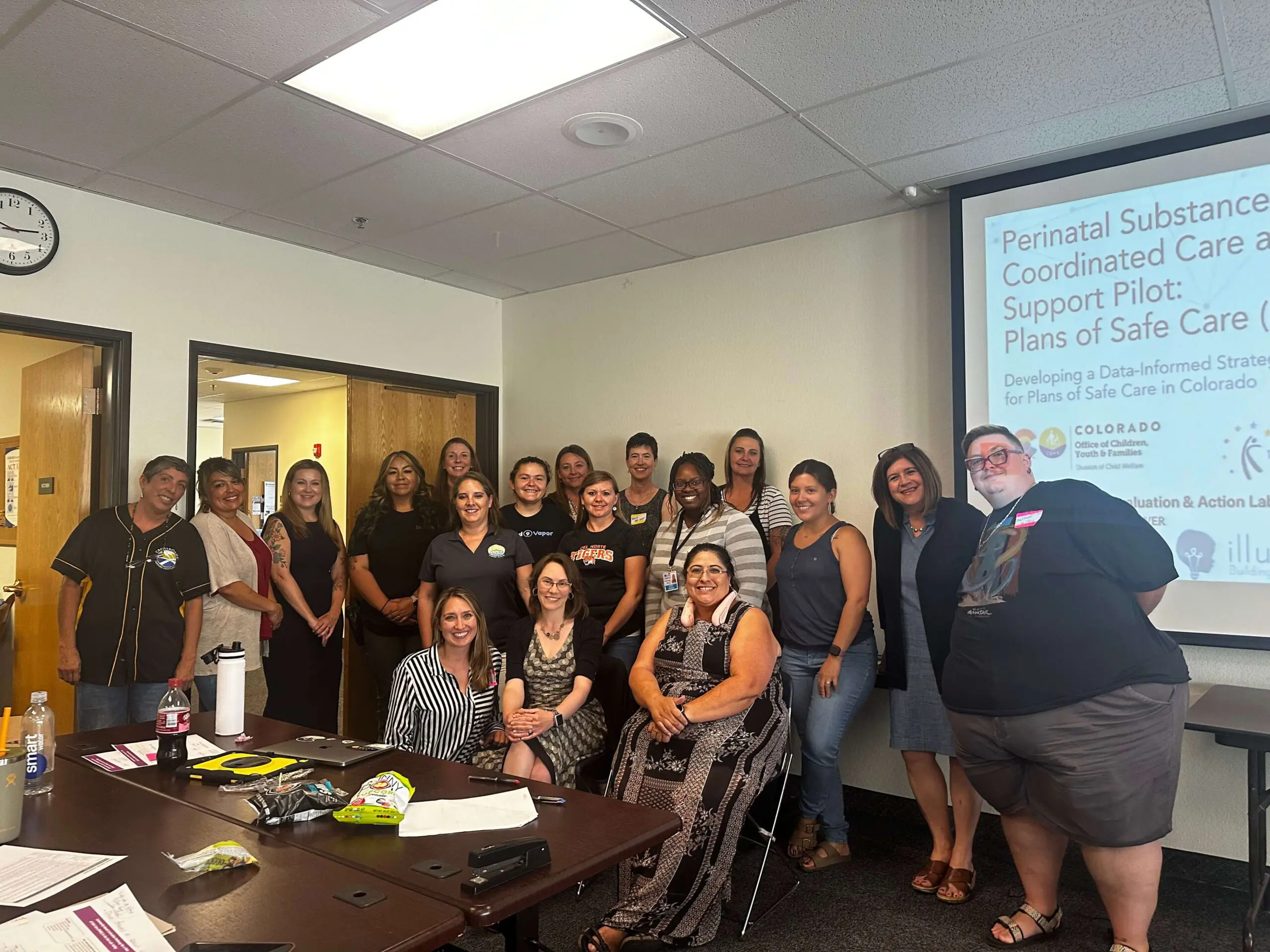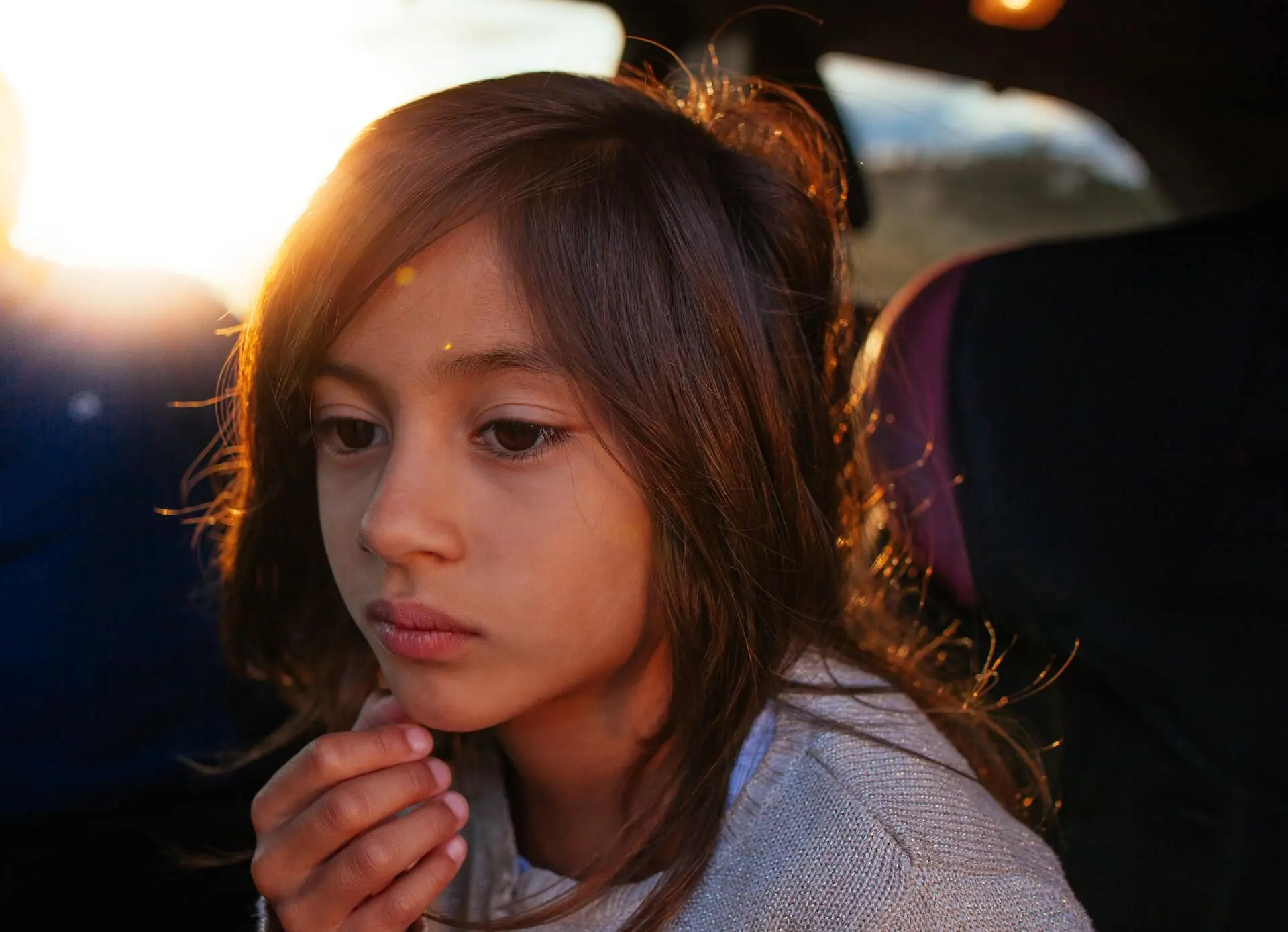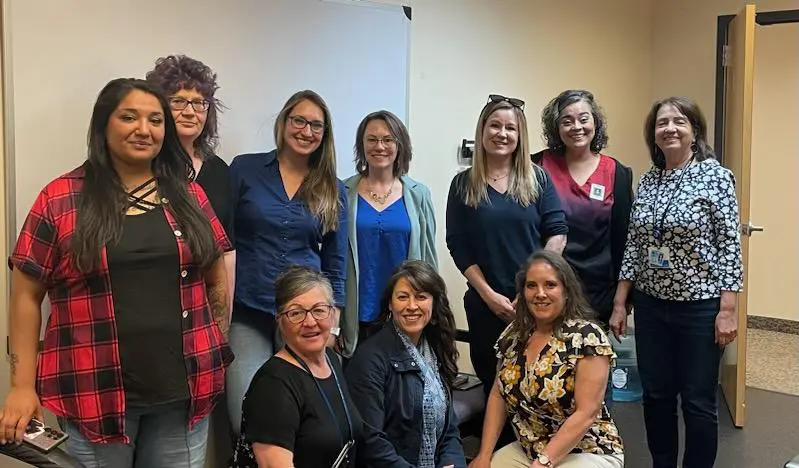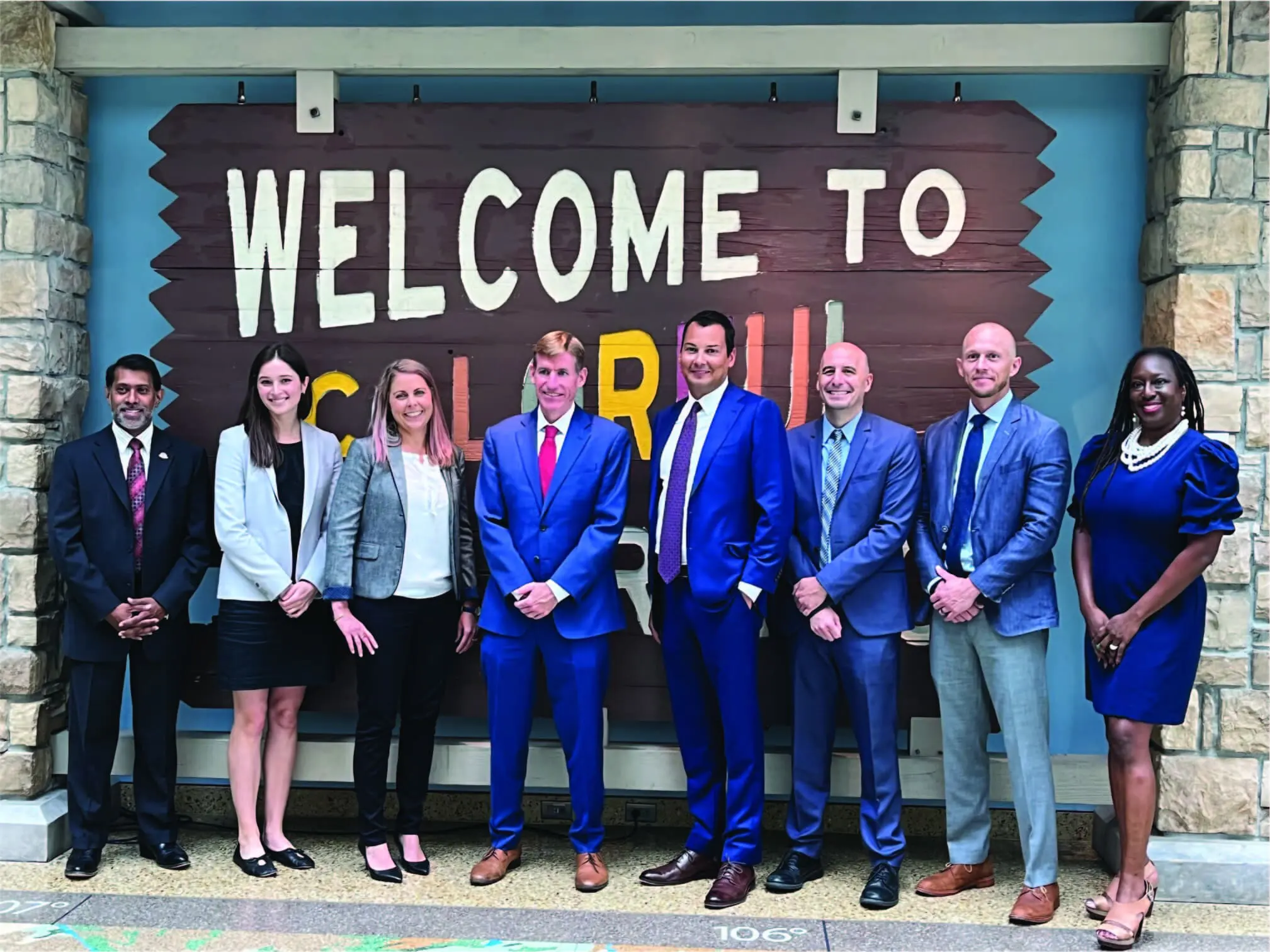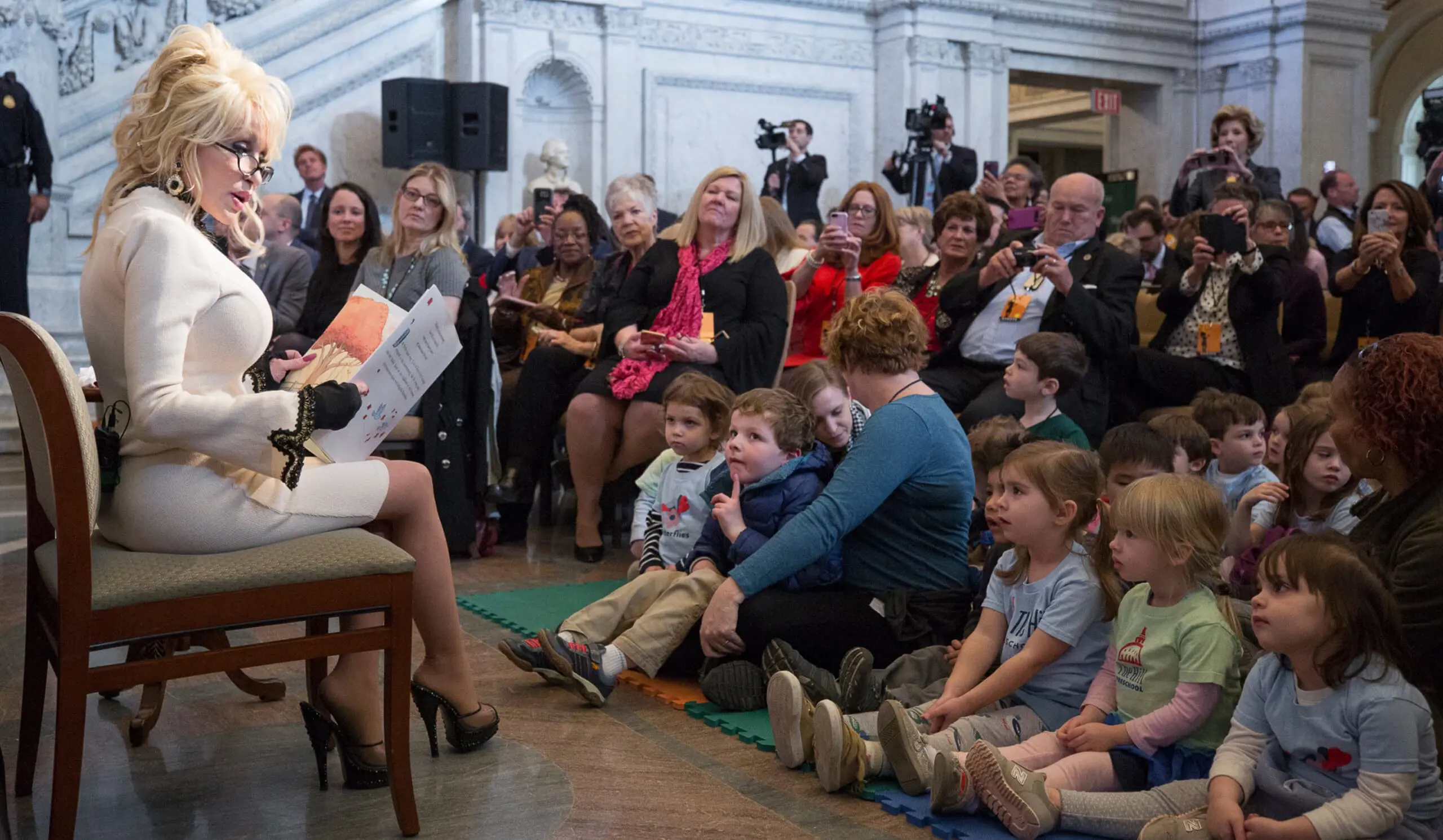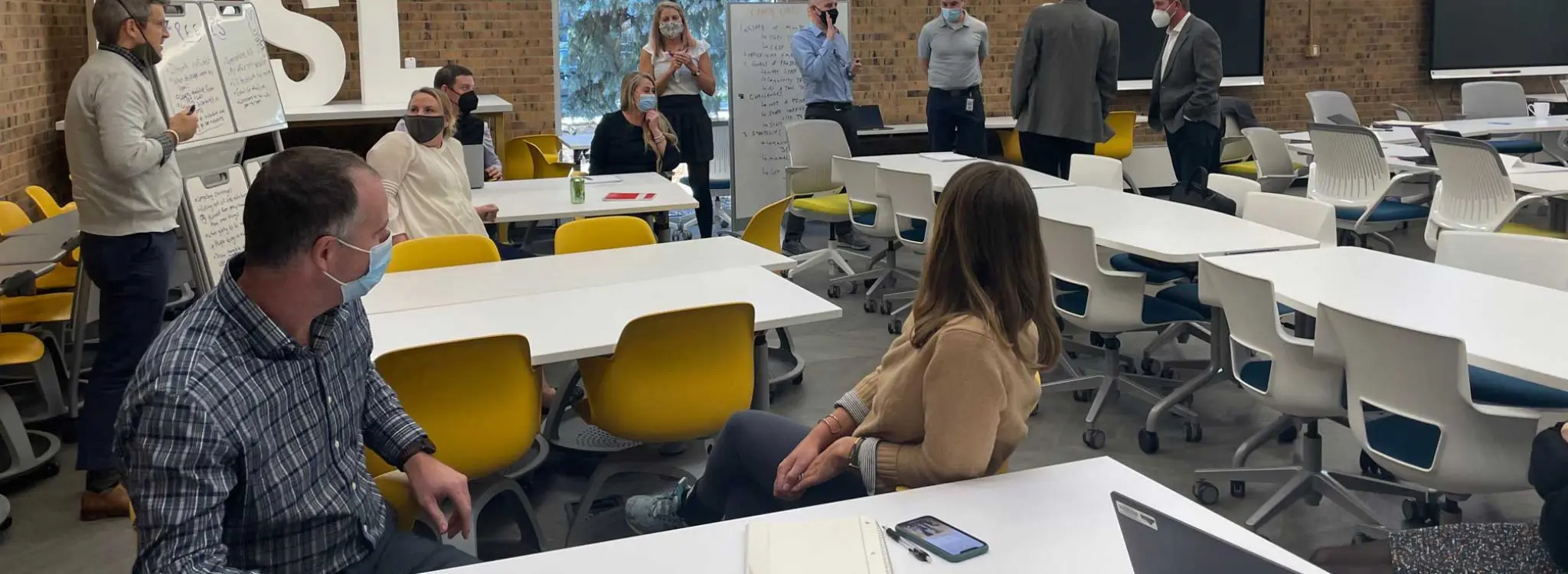Improving Response to Youth Who Run Away from Out-of-Home Placement

Every year, children and youth who are placed into the care of residential treatment facilities or foster homes run away from these placements. Yet Colorado does not have standard protocols in place to stop them, an established system to find them, or consistent methods to assess and care for them when they return.
Recognizing these significant deficits, the Colorado legislature created a task force (House Bill 22-1375) to study and find ways to improve systems and programs to prevent children and youth from running away from care. The task force was named in honor of Timothy Montoya, a 12-year-old boy who ran away from the Tennyson Center for Children in Denver and was struck by a vehicle and killed. The Child Protection Ombudsman of Colorado staffed and chaired the task force, and the 22 members included youth and families with lived experience, law enforcement and out-of-home placement professionals, child welfare service providers, and others. The Keystone Policy Center facilitated and supported the task force as it worked to:
- Identify the root causes of why children run away from out-of-home placement;
- Develop a consistent, prompt, and effective response to recover missing children; and
- Address the safety and well-being of a child upon their return to out-of-home placement.
As an initial step in identifying root causes, the Colorado Evaluation and Action Lab (Colorado Lab) partnered with Kristin Myers of Congress Park Counseling and Consulting to facilitate a series of focus groups with children in out-of-home placement, young adults who aged out of the child protection system, and out-of-home placement providers. The findings showed three conditions that cause children and youth to run away from care:
- Running from the placement due to dysregulation from triggering events (such as news that they were missing out on events at home), disconnection from staff, and responses to previous trauma.
- Running to connectedness and familiarity.
- Running due to typical adolescent behavior, including an inability to consider the consequences of running.
The task force used the Colorado Lab’s report, Strengthening Connections: Youth and Provider Perspectives on Youth Running from Out-of-Home Placements, to establish standard characteristics that place a child or youth at a higher risk for running. They also considered data collected from other states that showed children who are removed from their homes at an older age are more likely to run away and that children of color, and especially Black children, are more likely to run.
The task force recently delivered its final report encouraging state lawmakers to act on their recommendations, including:
- Develop a statewide data system to collect information on children and youth who run away from care, including their age and race, how they were able to run, and why.
- Use data from this system to inform the creation of statewide systems that:
- Designate a child or youth’s level of risk for running away from care,
- Provide standard response protocols, and
- Determine the likelihood that a runaway child will become a victim of crime.
- Analyze existing state laws and regulations, and placement facility protocols in responding to a child’s threat to run away, and clarify when and how to intervene.
- Develop statewide standards to prevent and address runaway behavior.
- Identify resources and approaches for out-of-home placement facilities, county departments of human or social services, and law enforcement to coordinate efforts related to children who run away from out-of-home placement.
- Create a runaway prevention curriculum that would be required for all foster parents and residential centers.
- Provide access to a short-term stabilization center for runaways who return to help them deal with the trauma that occurred while they were on the run.
To learn more, contact Dr. Kristin Klopfenstein.


